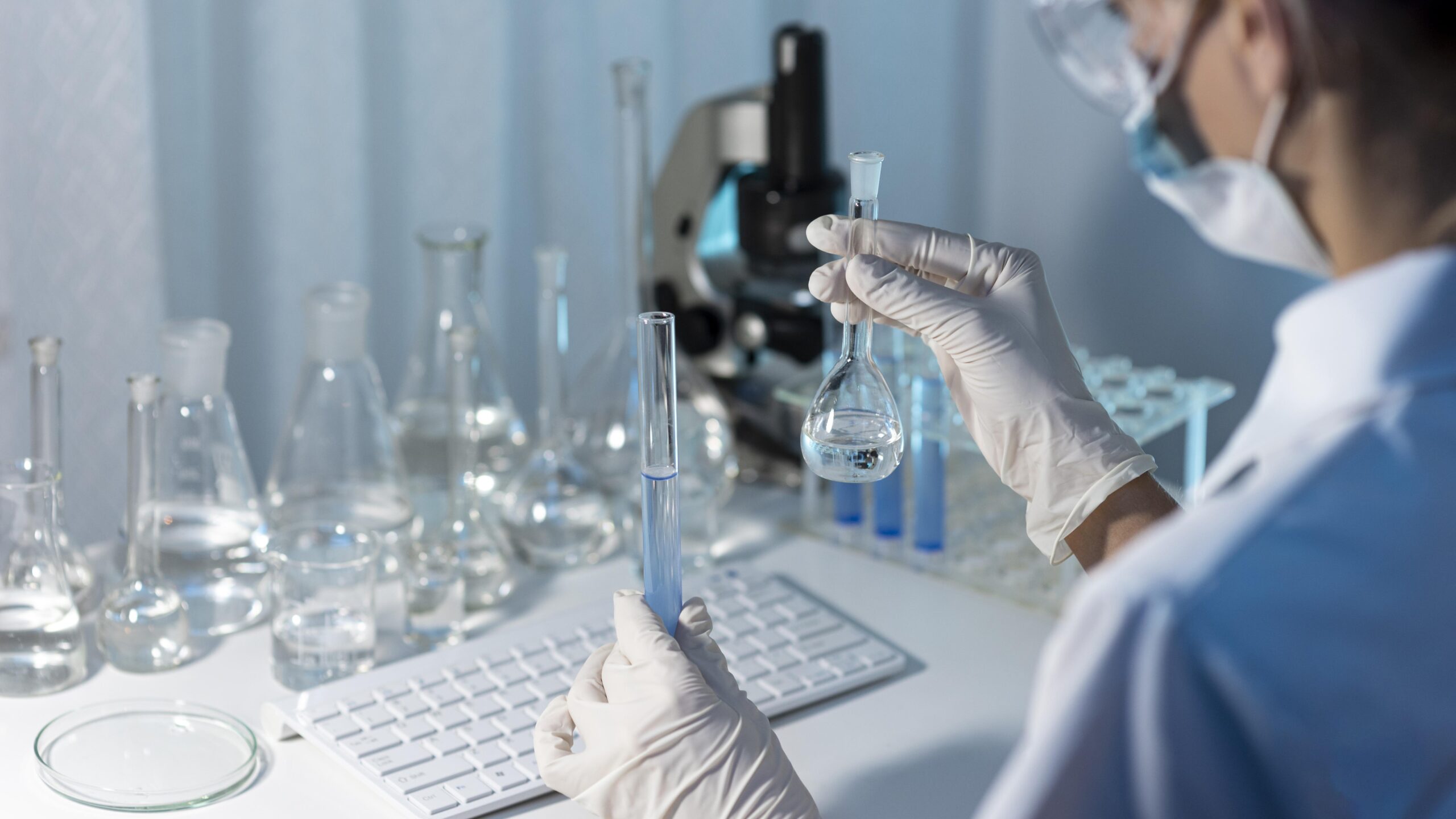How to Manage & Organize your Laboratory Work Processes with Technology?
June 23, 2021A lab’s productivity revolves around its work processes. How swiftly a lab can collect data, analyze it, and further interpret it determines the lab’s efficiency. An effective workflow can hugely impact the reproducibility of the data as it ensures the seamless processing of similar data on its every occurrence. However, the most crucial factor that hampers the productivity of a lab is the usage of outdated laboratory management software.
Technology is expanding limitlessly, and every day some new innovation is being done to make the working of laboratories simple and streamlined. Hence, leveraging the right laboratory information management software (LIMS) and other beneficial lab transitions can highly optimize your lab’s workflow. Let’s dive right in and explore some good ways to organize your lab’s work processes with technology.
Discovering the Benefits
Before we go ahead and explore the ways to implement LIMS software in your lab, let us first look at some of its benefits.
- Reduced Waiting Time
As the lab management software is responsible for the maintenance of data, the lab technicians can focus more on the preliminary work of interpreting the tests and providing faster reports for the patients.
- Reduction in Errors
Every lab conducts a plethora of clerical errors while the data is in the pre-analytic and post-analytic stages. A reliable laboratory information management software handles such errors with precision and delivers error-free results.
- Efficiency in Record Keeping
Traditional record-keeping techniques are a mess. You need to stack files one above the other, and finding a record is a highly time-consuming and complex task. The software, on the other hand, effortlessly maintains the consistency and persistency of the recorded data.
- Reliable and Accurate Results
The reliability of a lab is always determined by the accuracy of reports it generates. Better the precision, the more trust it provides to its patients. Using LIMS, the data is computed more accurately, and finer results are generated.
- Easy Generation and Dispersal of Reports
It takes extended periods of time to generate the test reports by hand and enter each test in the manual logbook. Whereas the software can generate and disperse the cumulative statistics and reports in a matter of seconds.
- Predictive Analyzation of Diseases
The lab software these days are highly advanced. They have the ability to derive key insights from the patient data (current and older). The insights can be used to identify pre-maturing medical issues inside the body of the patient. It helps in providing the treatment for the patient before a disease takes a life-threatening form.
- Security Enhancement
Laboratory data is as important as any other form of data. When you choose laboratory management software for your lab, it ensures the data stored in the storage banks is safe from all kinds of leaks and hacks.
- Space Efficiency
Apart from providing security and efficiency in handling the tests and generating their results, LIMS saves a substantial amount of physical space that would be otherwise occupied by bulky file records.
- Ability to Act Smart
Leveraging the software, different systems of the lab can be interconnected with each other. This provides the lab scientists to briskly collect the data from the tests, analyze it, and further send the findings back at the earliest.
Also Read: Common Issues with Paper-Based Lab Management System & How to Overcome Them
Managing the Workflow of the Laboratory
A synchronized effort between the lab management, staff, and the lab design team is essential to achieve optimal lab workflow efficiency. Therefore, the laboratory information management software should be made considering all the necessary requirements and long-short term goals of the lab. The following are some of the must-have features for a good LIMS:
Management of Lab Inventory
There are several inventories in a lab, from tubes to files to lab equipment. Managing them is a laborious task if done manually. Using a software, all the inventories can be managed in seconds, and you would have a simple description of all the items within your system.
Accurate Testing
The biggest benefit of LIMS is that it collects the data and then uses several algorithms to analyze it in various forms. Studying and testing all this crucial data generates reports with higher accuracy rates than those generated through a manual process.
Sample Management
Managing the samples becomes effortless with the use of lab software. A unique code is allocated to each sample whose details are entered into the system through a barcode. All the requirements needed for the testification of the sample can be generated through the entered details.
Reporting
Several reports are needed in a laboratory, from patient reports to stock lists. LIMS helps to keep the record of these reports and ensures quick record access when enquired about a product. Moreover, it helps in easy report generation of the patient as well as other lab operations.
Communication with the Patient
Communication is an essential part of managing the interaction between staff and the patients in a laboratory. The laboratory management software keeps the relevant information of the patient in its record. On every activity conducted in the lab for the patient, the system automatically generates a message and sends the details to the customer.
Looking for a Reliable Laboratory Management Software?
It is evident that implementing technology in laboratory management can highly improve the effectiveness and efficiency of the lab services. However, it is vital that you choose a laboratory information management software that is advanced and has the capabilities to do so. Softclinic’s laboratory information software is one of the most advanced lab software in the market that can improve your lab’s productivity to a greater extent.
